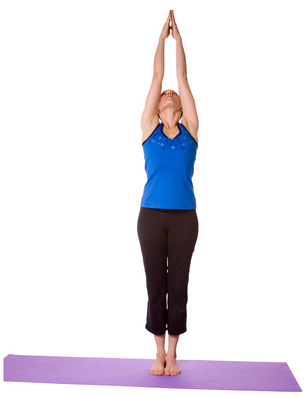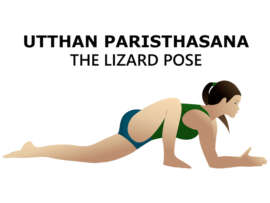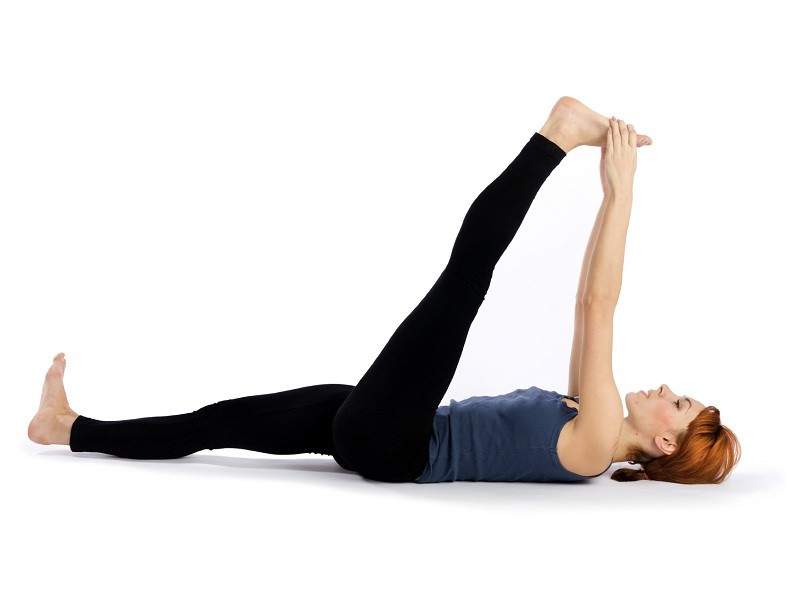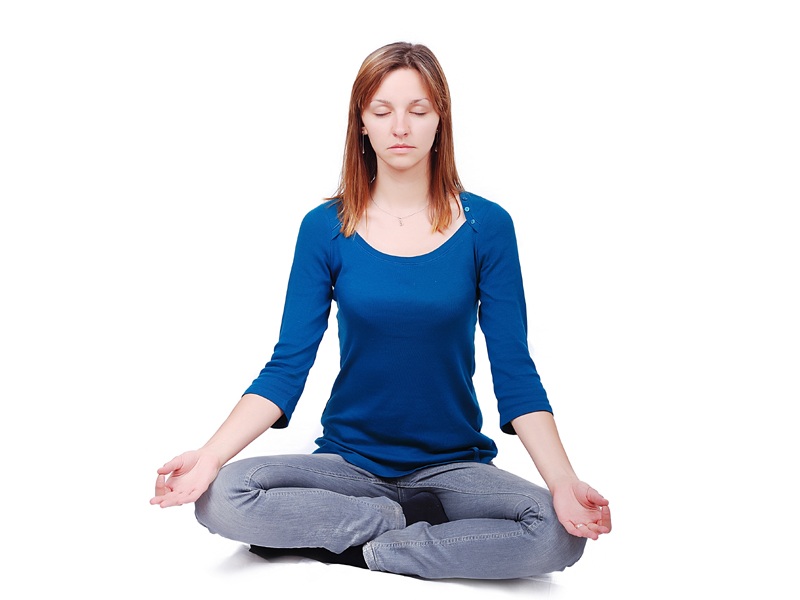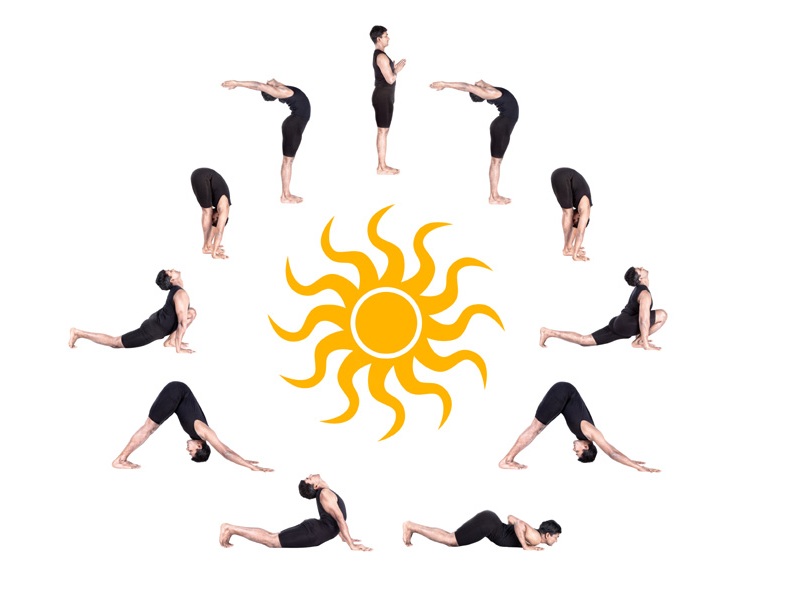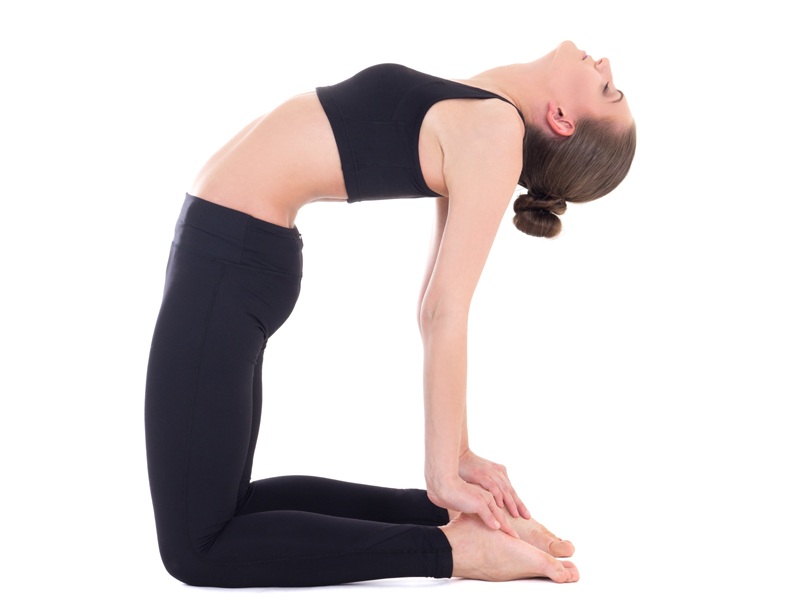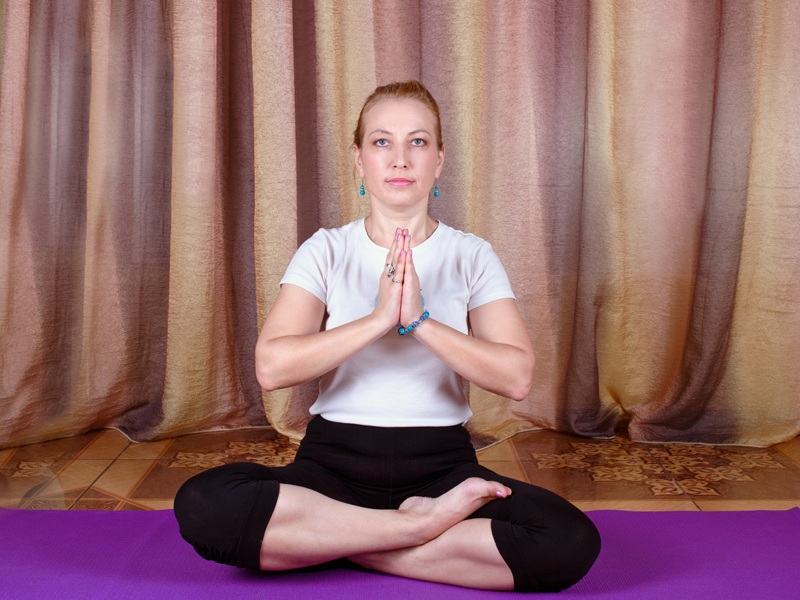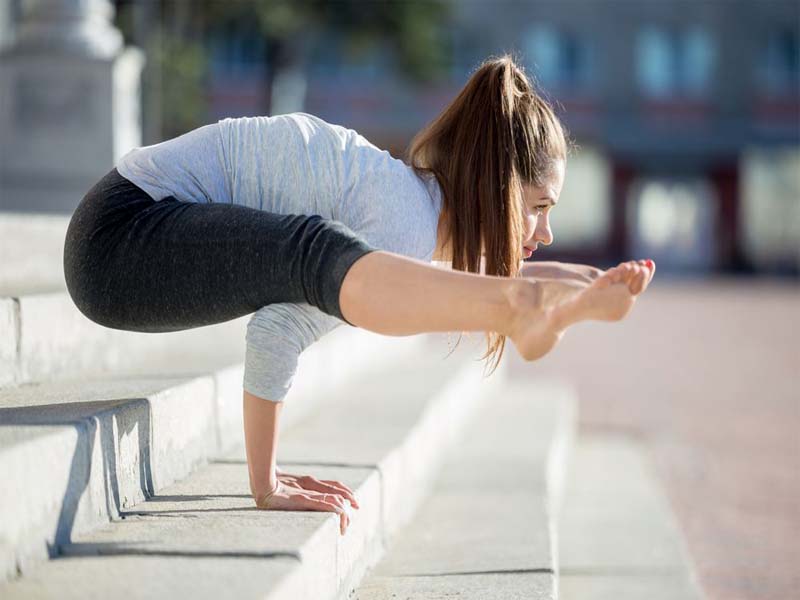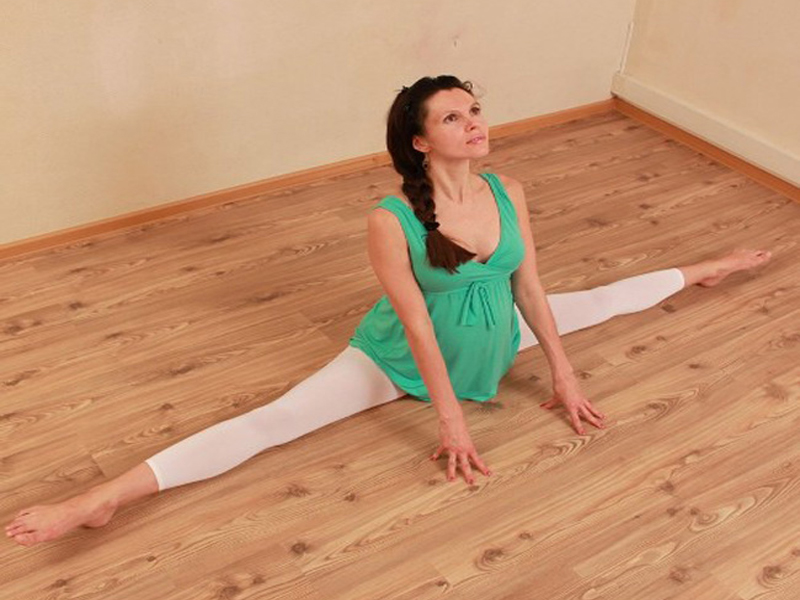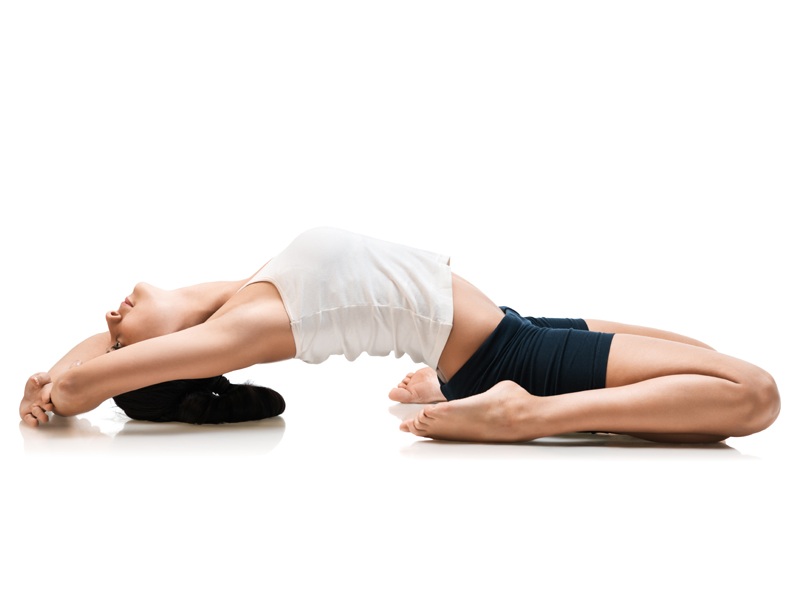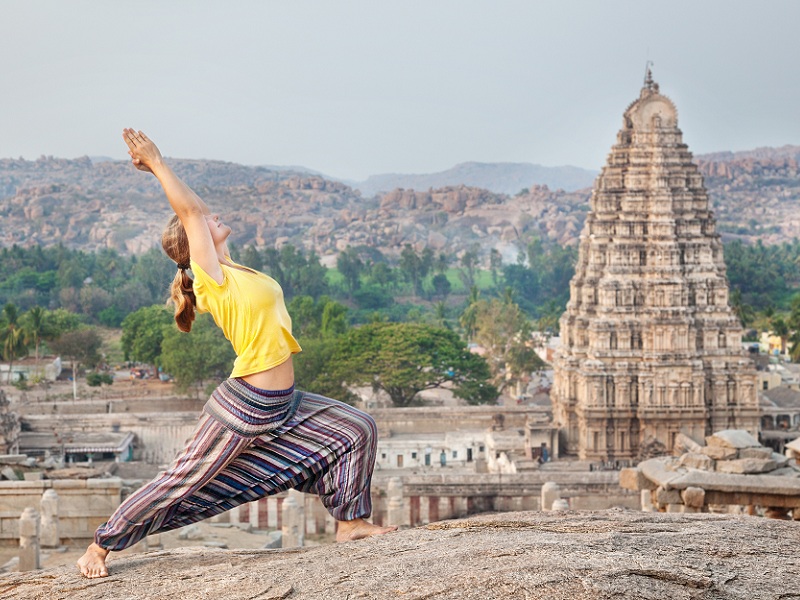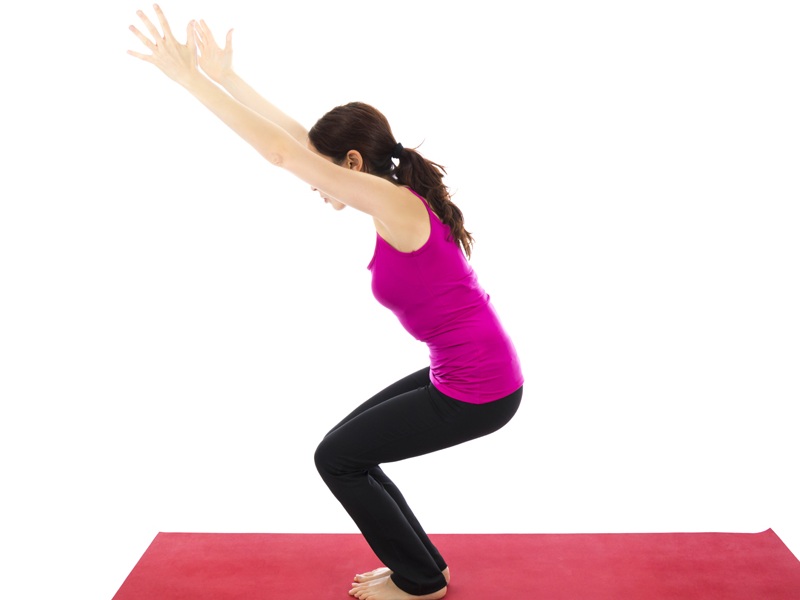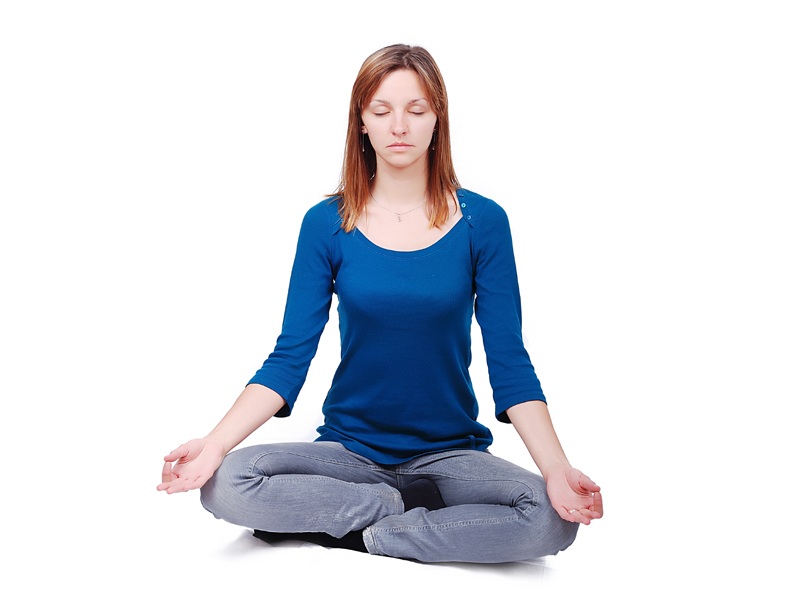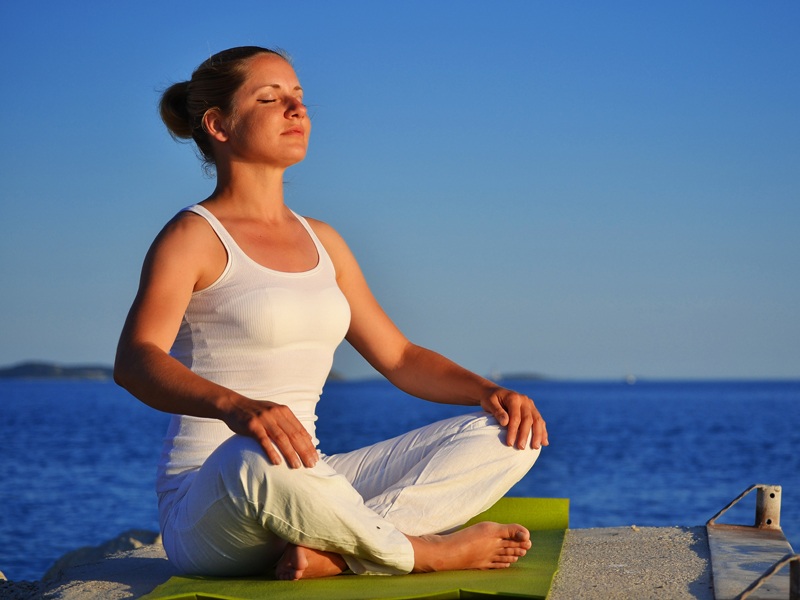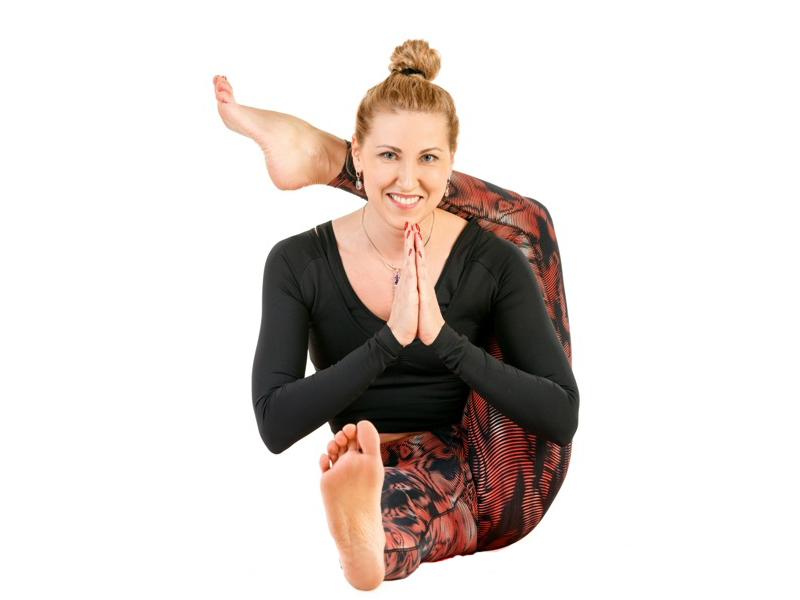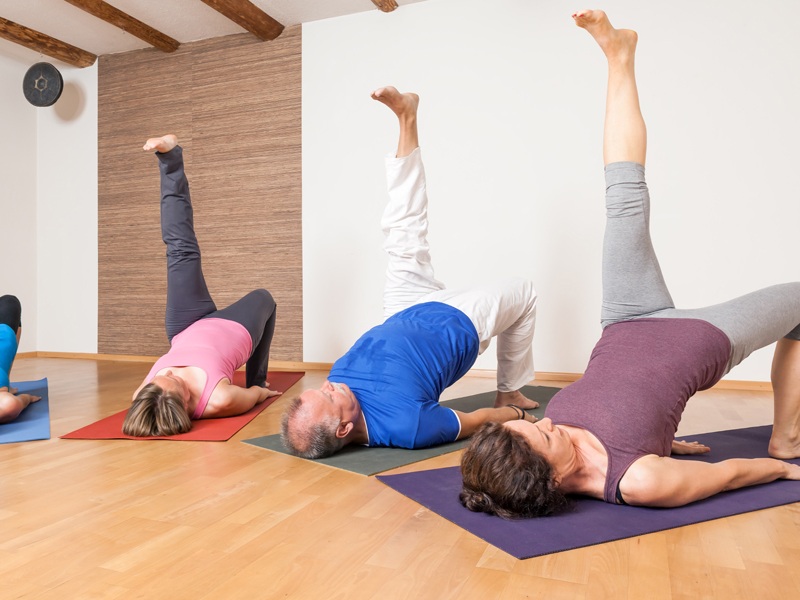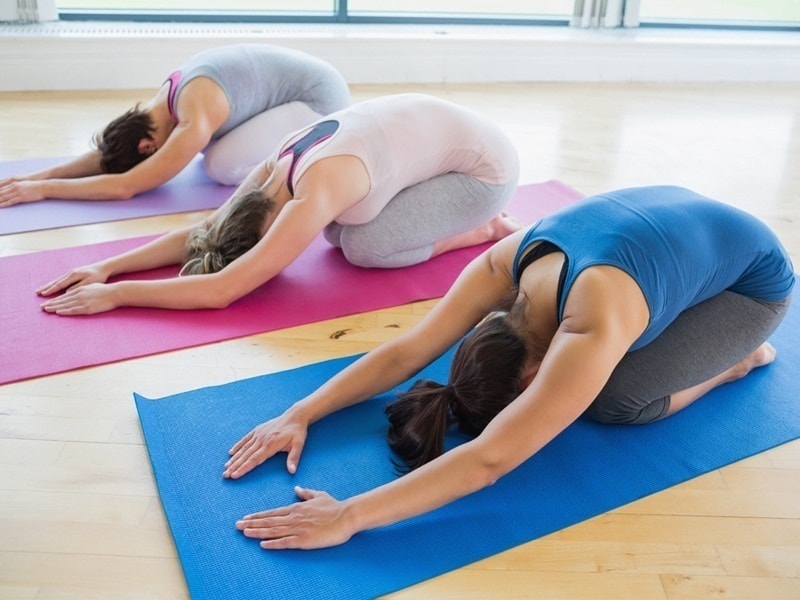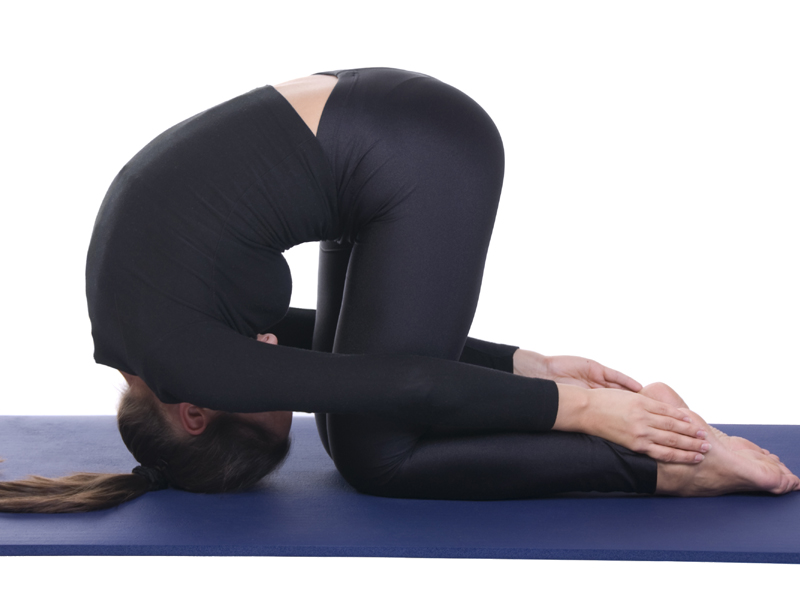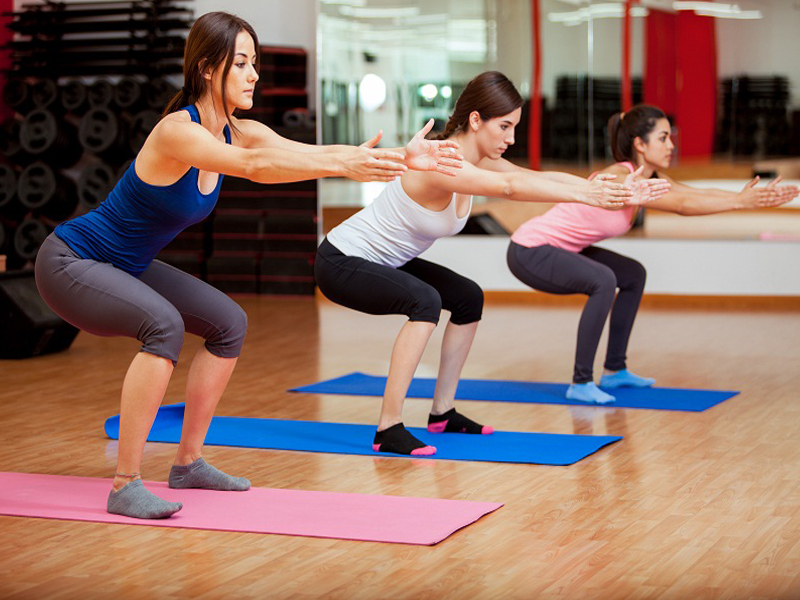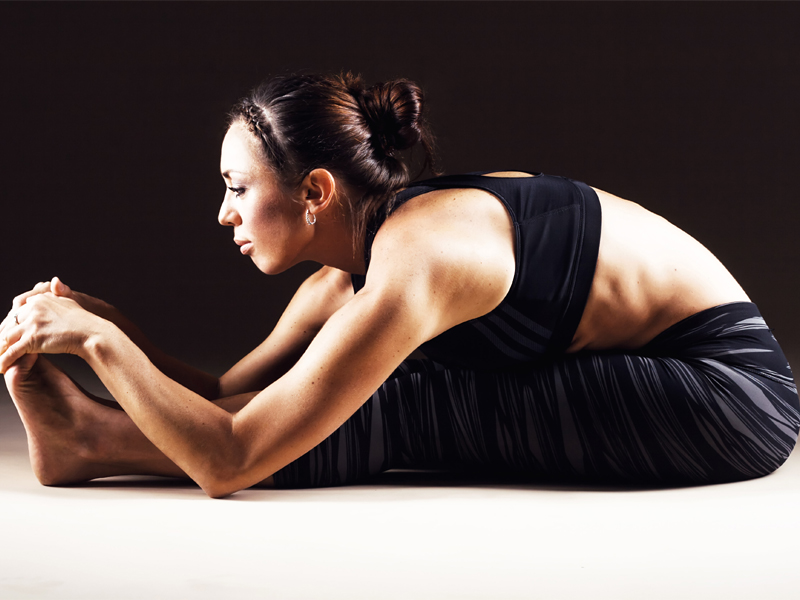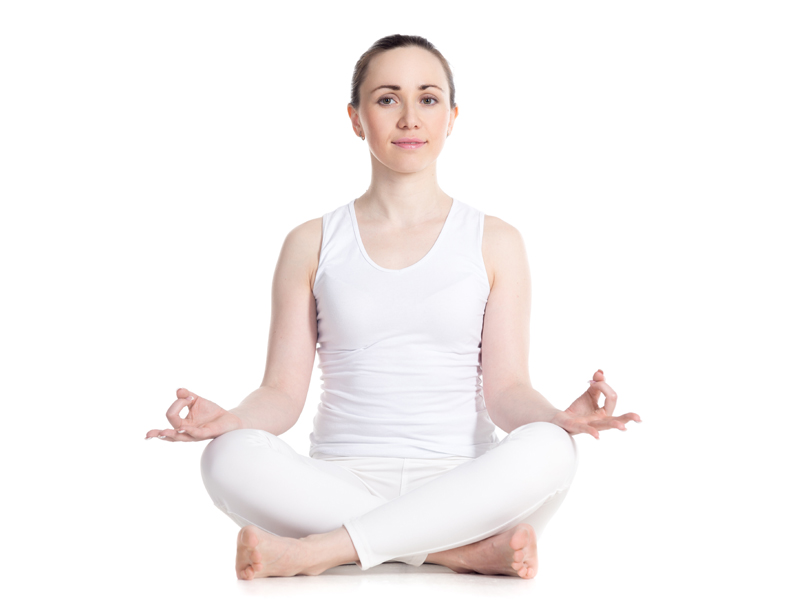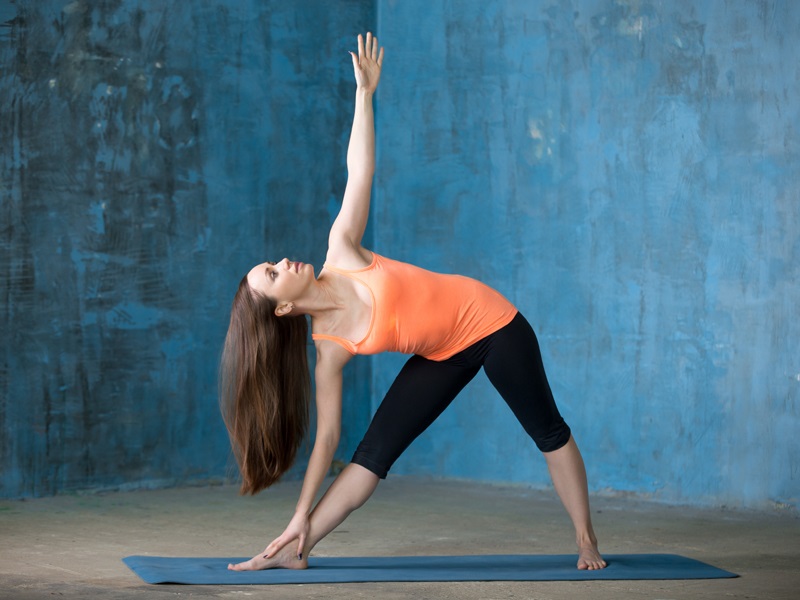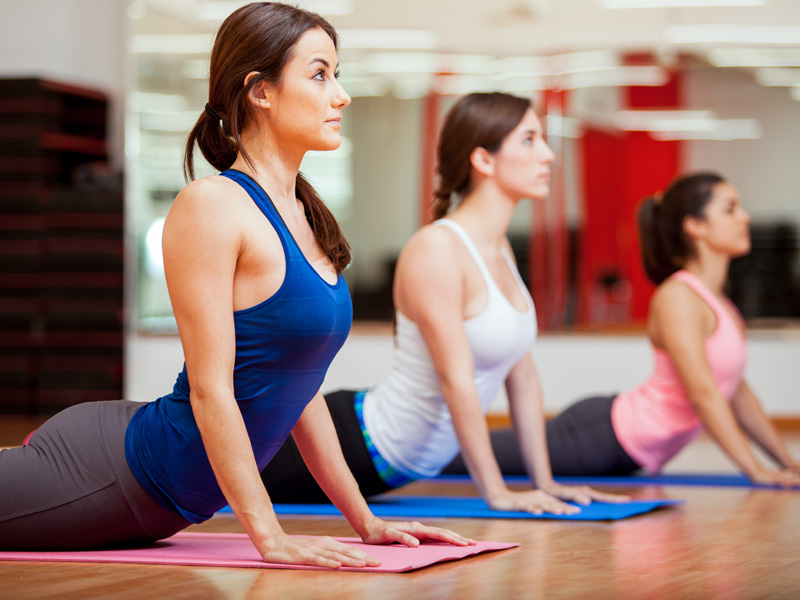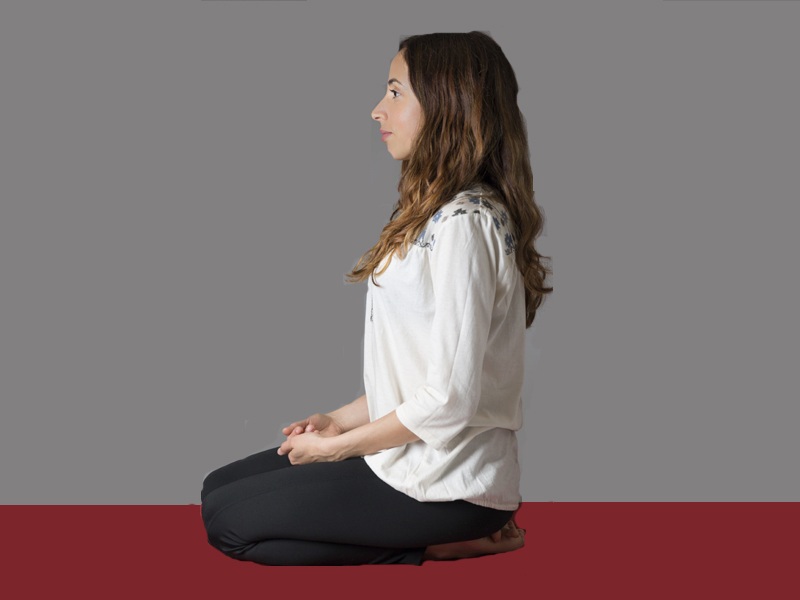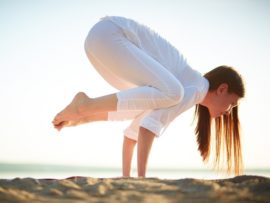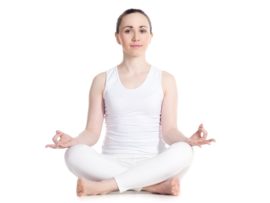The founder of Iyengar Yoga is Yogacharya Bellur Krishnamachar Sundararaja Iyengar. He trained his pupil under his own style of yoga during the 20th century. The yoga is a form of Hatha yoga, which involves use of props. The yoga is also based on the concept of “eight limbs” of Ashtanga yoga. It aims the bring into unison the body, mind and soul. Especially in the modern life, Iyengar Yoga helps is driving stress away and enable better well-being. This article sheds light on the various BKS Iyengar postures and how to perform them.
BKS Iyengar has systematised more than 200 yoga postures or asanas and also 14 different types of Pranayamas (breath control methods). The asanas and pranayamas are taught in many variations. They may be very simple or extremely difficult. Hence is makes it easier for even a beginner to navigate through these techniques with much ease so that the body mind and soul become flexible sensitive and strong. The fundamental rule of this form of Yoga is that, one must be extremely precise and accurate in their movements. It is a very rigorous and stringent process where there is no room for error.
Practicing Yoga The Iyengar Way:
The emphasis is on maintaining the correct body posture and alignment, which would be anatomically correct. This ensures that the student does not suffer any injury or pain. Many props are used in this yoga to facilitate the person to attain the correct positions of the asanas. The commonly used props are chairs, wooden blocks, straps, belts and blankets. The props are used so that the person can move through all the postures in an asana with much ease. The props benefit a person by applying less stress on the muscles. It aids in precision and alignment. Using props not only reduces chances of injury, but also helps recover from injuries also much faster.
Pranayama is introduced into the yoga, only after the person has achieved flexibility, alignment and lung capacity after doing various asanas. This is the foundation required for a person so that they can effectively practice breath control exercises. Pranayama would help a person physically by toning all the systems in the body, majorly circulatory, nervous, digestive, and respiratory system. Pranayama is crucial since it controls the mind and senses thereby preparing an individual for further meditation experience. It helps a person to detach from all external distractions.
[Read: How Isha Yoga Benefits a Person in Terms of Health]
How is Iyengar Yoga Different from Other Forms of Yoga?
1. Props are used extensively in Iyengar yoga, unlike in other forms. This makes it convenient for people from all ages to perform these asanas with much ease.
2. It is very safe as it focuses on the natural anatomy of the body while performing the asanas. The variations make it much easier to perform these asanas.
3. The asanas need to be performed in a proper order.
4. Every pose or asana that has to be performed requires deep concentration and in order to do that one must be in meditative state while practising yoga.
Iyengar Yoga For Beginners:
Let us now look at a few Iyengar Yoga poses that can be done within the confines of your house:
1. Tadasana / Mountain Pose:
This helps in maintaining the balance of the body and also alleviate joint pains. It completely stretches the upper portion of the body and helps in proper alignment of the spinal cord.
Here’s How to Perform:
- Begin by standing straight with your feet together and hands on both sides.
- Now join both your hands in prayer and raise them above your head. This would also help in lengthening the spine.
- Lift up your heels and stand on your toes.
- Now try to balance your weight evenly on both of your legs.
- Stretch all the joints in your body in this position and stay in this position breathing deeply for a few minutes. Then relax.
2. Halasana / Plough Pose:
This pose is one of the effective asanas for spinal cord strengthening. It can improve flexibility of the body and help in reducing the lower back pain.
Here’s How to Perform:
- First lie on your back with legs straight and parallel to each other and hands on either side.
- Lift your legs upwards such that your buttocks are also lifted up off the floor. You can support your back with the help of your hands.
- Your legs must be stretched as much as you can and should be in straight alignment with your body.
- Now slowly bring your legs downward such that the toes of your feet touch the ground above your head. You can still use your hands for supporting your back.
- Your legs must be straight as you do this. Remain in this position for a few seconds and then gently roll back to the original position.
[Read: Sivananda Yoga – How Can Help You Improve Your Health]
3. Trikonasana / Triangle Pose:
Trikonasana helps in stretching the shoulder, neck and spinal muscles. It helps in strengthening the upper part of the body and also helps you balance it well. This yoga pose helps in reducing knee pain by strengthening the leg muscles.
Here’s How to Perform:
- Stand straight with your feet slightly apart by a few feet.
- Place your right foot out at 90 degrees and put your left foot in by 15 degrees. The centre arch of your left heel must be in line with your right heel.
- Now press your legs firmly to the ground and balance your weight equally on both legs.
- Now inhaling, bend your body at the hips, keeping your waist straight.
- Your left hand must now go up in the air, as your right hand would come down towards the floor. The arms must be in line with your shoulder. The right hand must touch the ankle or the feet.
- Stretch maximum and take long breaths for a few minutes. Repeat the same on the other side.
4. Uttanasana / Standing Forward Bend Pose:
This is slightly difficult to perform, as it needs extreme bending of the back. Beginners can push their body only within their limits. It helps in vertigo, lower back strengthening and body balance.
Here’s How to Perform:
- Begin with a tadasana, with your hands still up in the air.
- As you exhale, bend your body forward at the hips. Ensure that your knees are as straight as possible.
- Now rest your hands firmly on the floor beside your feet.
- Bend your hands at the elbows, such that they are placed on the outer side of the calf muscles.
- Remain in this position for a few minutes and then release.
- Repeat this for at least ten times.
Benefits of Iyengar Yoga:
Iyengar Yoga has incredible health benefits. Along with helping de-stress your mind, it also aids in dealing with a number of problems listed below:
- It helps to alleviate aches and pains.
- It helps in improving the memory, focus, concentration and balance.
- On regular practice, it can also delay the ageing process.
- Cardiac diseases can be reduced to a great level.
- People with poor appetite, sleeping problems and dull mood can benefit by doing this yoga.
- Since the yoga focuses on pranayama, it helps in reducing respiratory problems.
- One can notice increased flexibility
- You will have well-toned muscles
- It offers good body balance
[Read: What is Ananda Yoga? A beginners’ guide]
Precautionary Measures For Iyengar Yoga:
As with any Yoga practise, one should take certain precautions before performing Iyengar Yoga:
- You should never perform Iyengar Yoga on full stomach
- Always maintain atleast 3 hours gap between meals and exercise
- Wear comfortable clothing to avoid uneasiness
- Ensure you follow the instructions of the trainer carefully, as it involves certain props
- Never attempt difficult postures without achieving perfection in the basic asanas.
- Breathing techniques are very important to attain maximum benefits
- Never consume alcohol before practise
Iyengar yoga is one of the best forms of yoga where beginners can work on challenging postures at the start without much hassles. The props also make it easier to do these poses. Besides use of props, the yoga encourages trainer correction. Unlike the traditional Yoga where the practitioner is allowed to perform asanas independently, by imitating the teacher, Iyengar Yoga is under the hawk eye of a trainer. So ,it is best to do Iyengar yoga under a trainer for immediate correction. Precision and perfection are the key words in Iyengar Yoga. It takes almost 2 years to obtain the basic certification in Iyengar Yoga. This tells us that excellence and efficacy are very important in this form.



